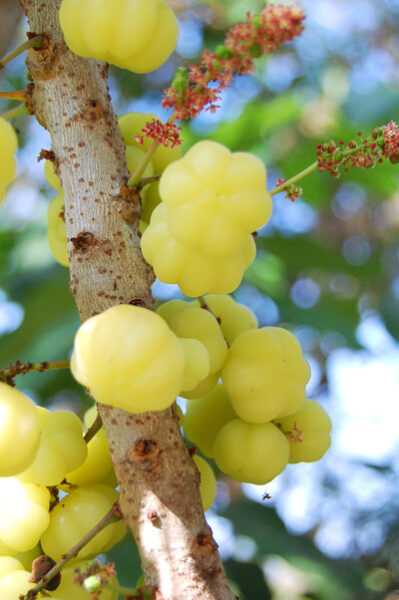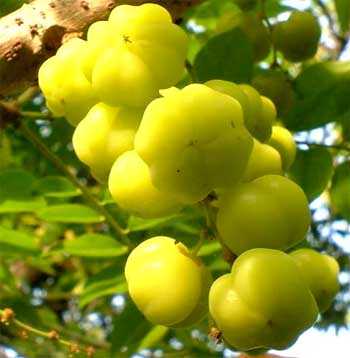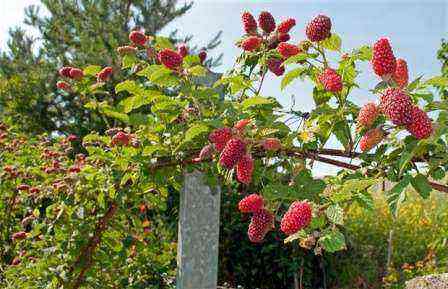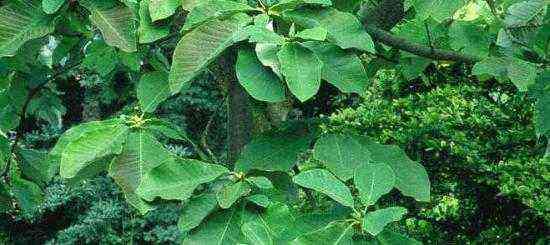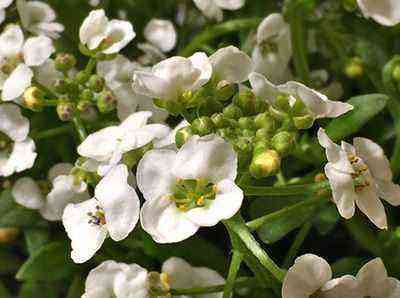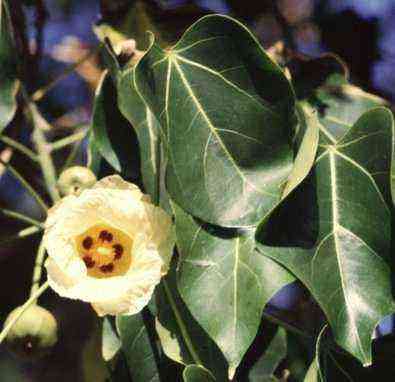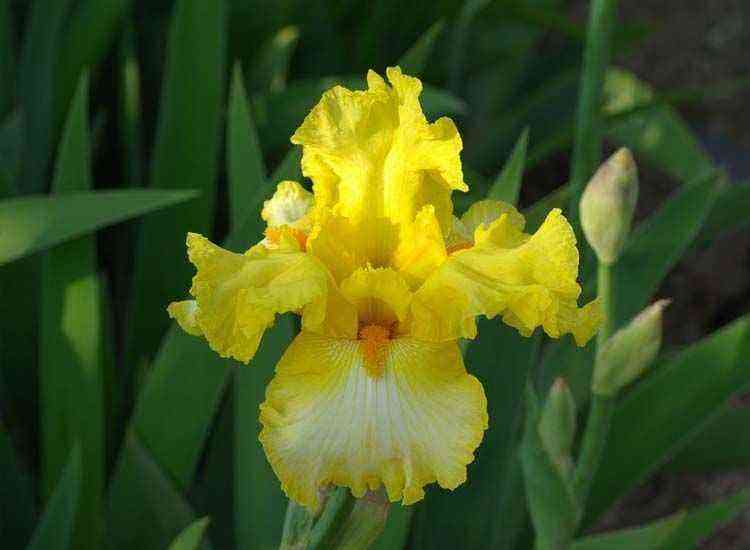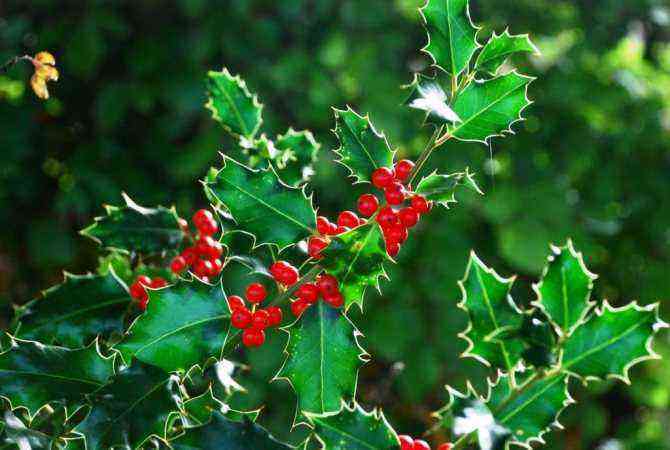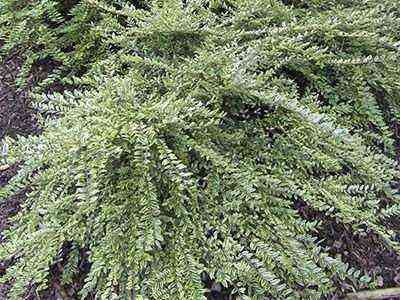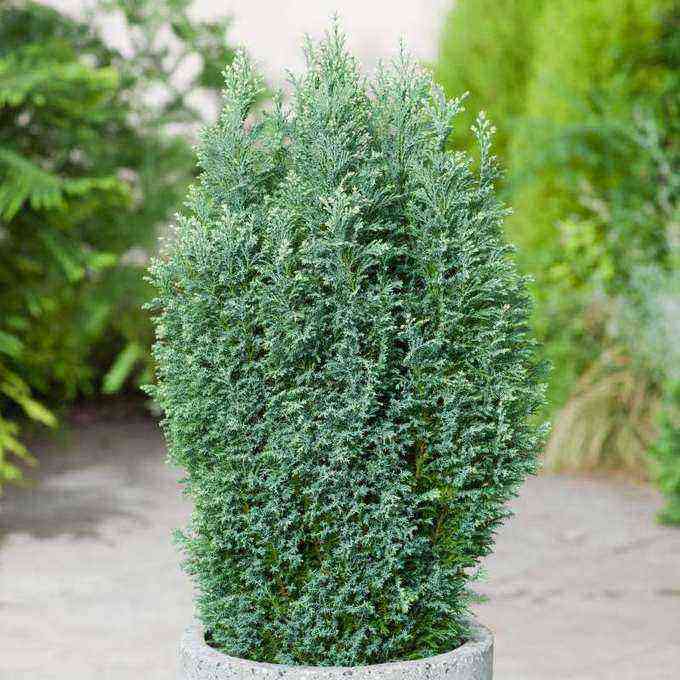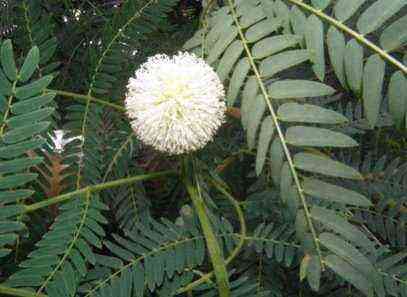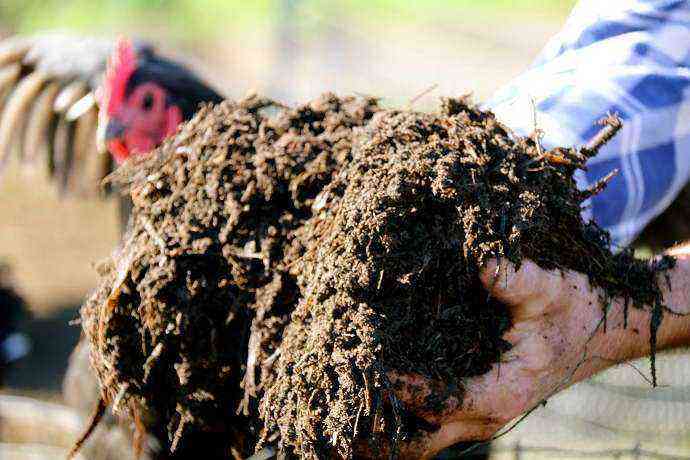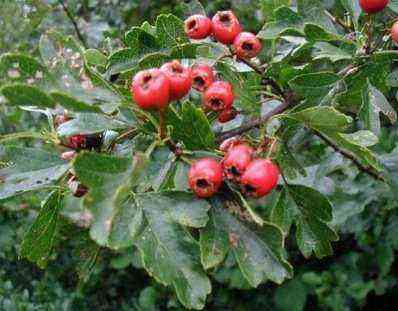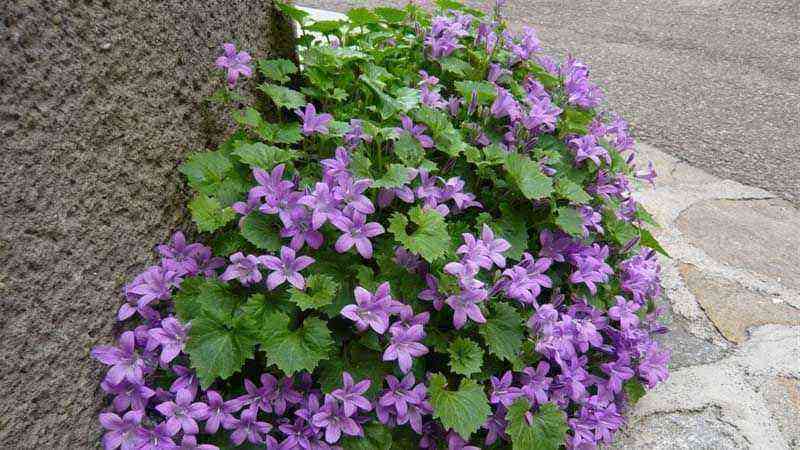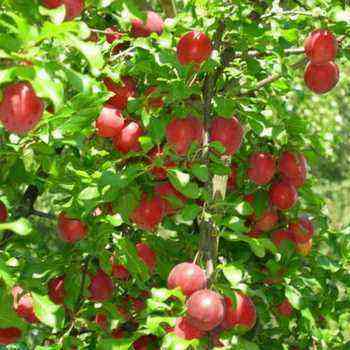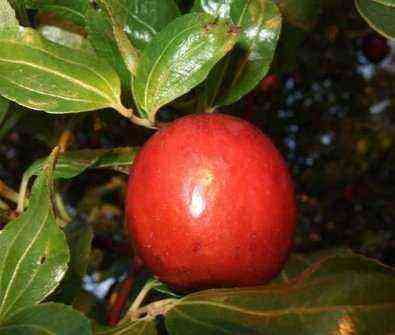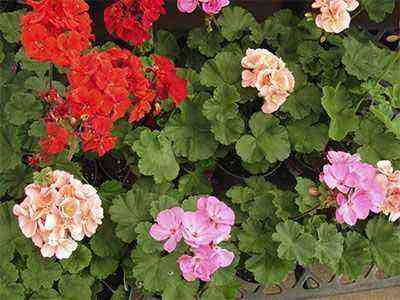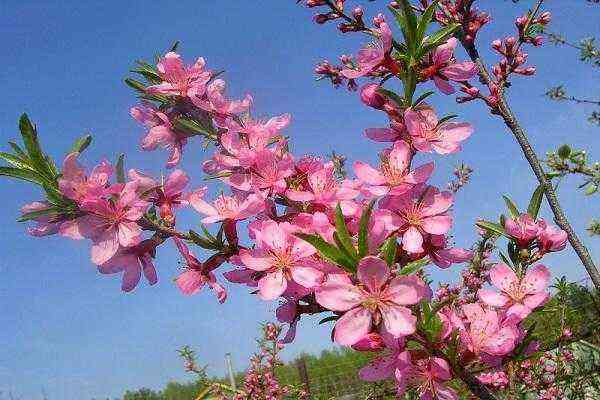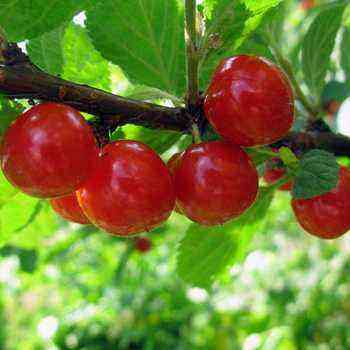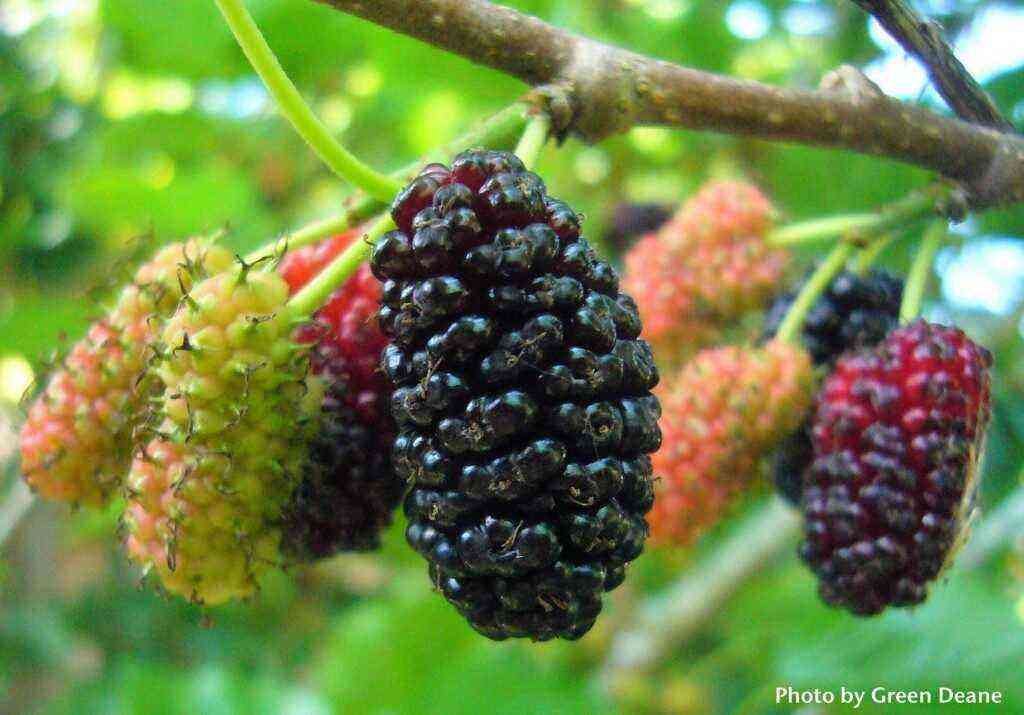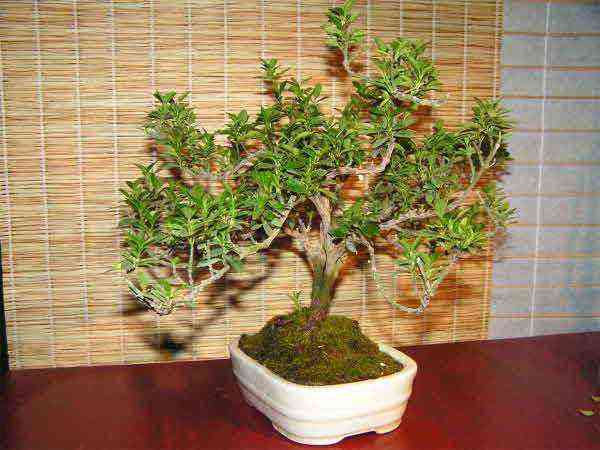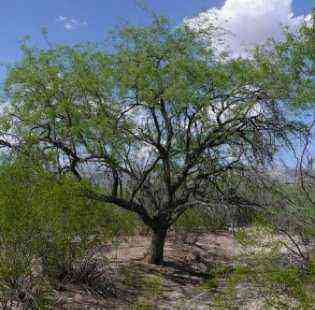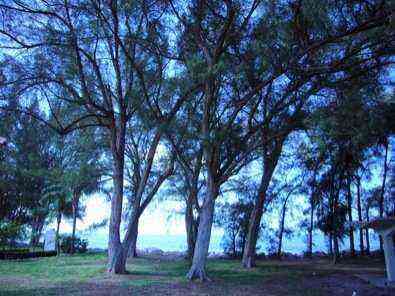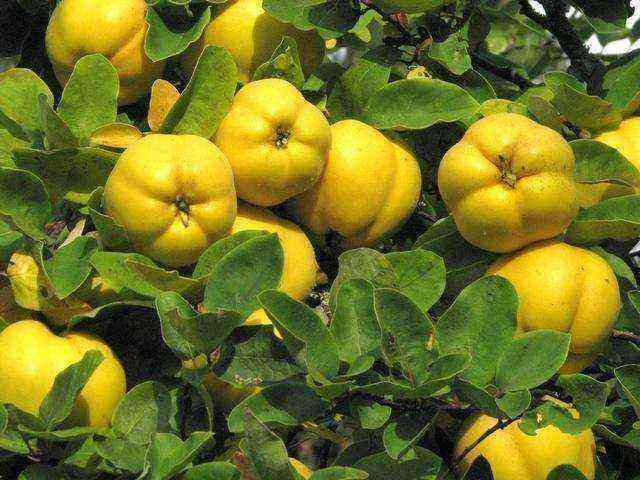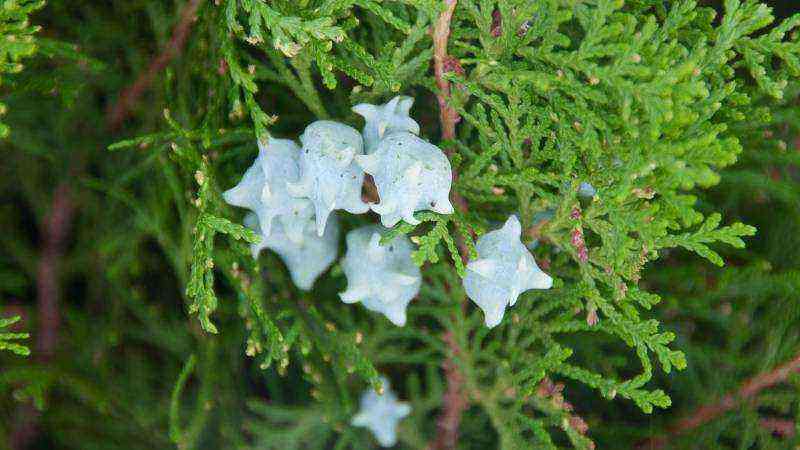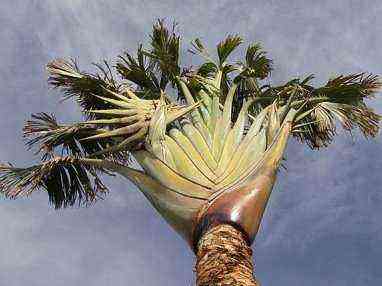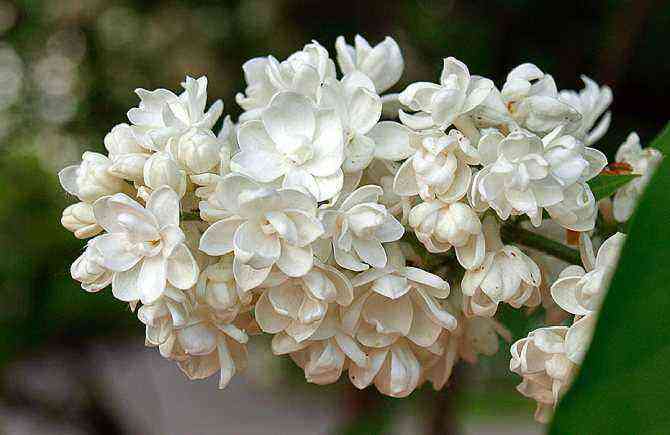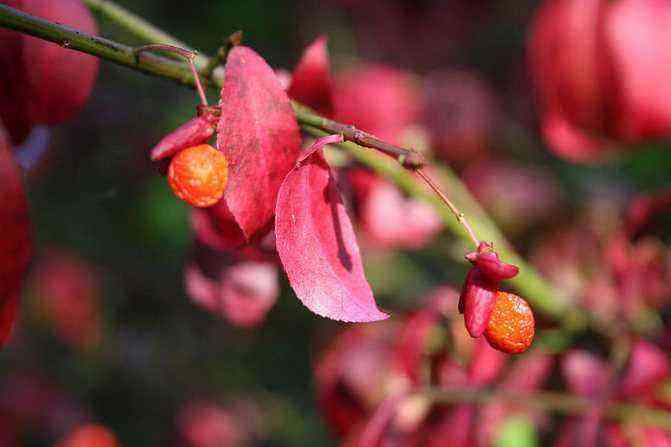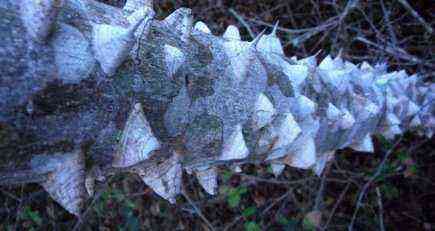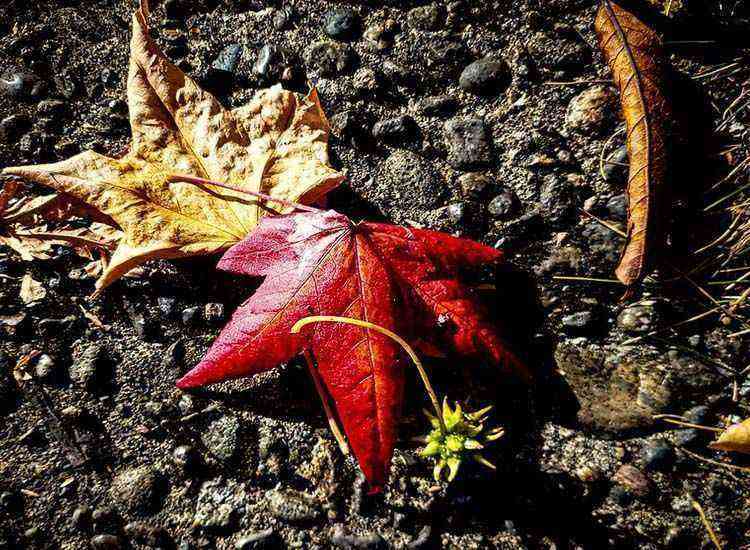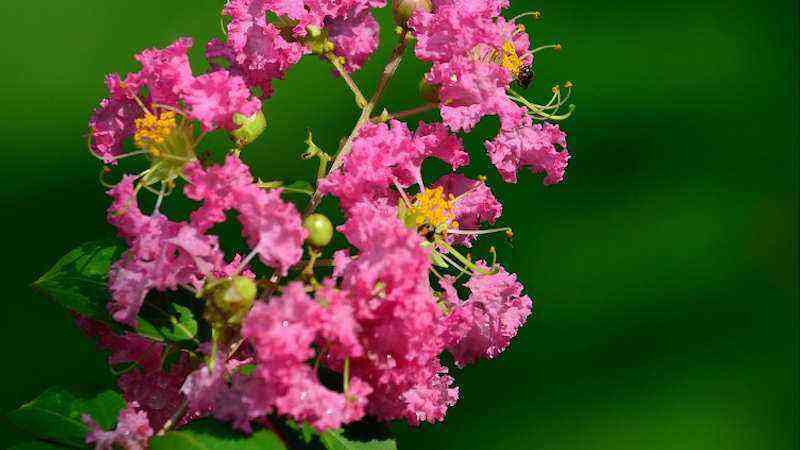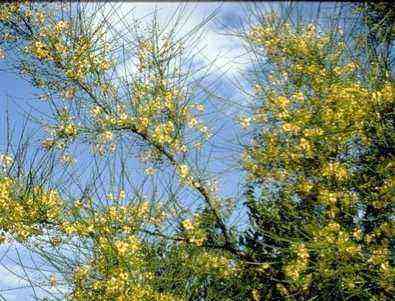Antillean gooseberry, also known as Malay, or star-shaped, is a small woody plant, ranging in height from 2 to 9 meters. The homeland of this plant is the island of Madagascar.
This species has been known since antiquity. But more meaningful references date back to 1793, when William Bligh brought it to Jamaica. Further, the Antillean gooseberry spread to Bermuda, the Bahamas, the Antilles. Currently, this species is grown in many countries where tropical and subtropical climates prevail. Distributed in Laos, Malaysia, Indonesia, South Vietnam, Mexico, Brazil, Peru and many other countries.
The tree bears fruit all year round and is very thermophilic. The maximum harvest occurs in July, if we are talking about the Northern Hemisphere, or in January, if about the Southern Hemisphere.
Why is the Antillean gooseberry so popular? The thing is that it has very valuable fruits that look like flattened light yellow drupes. The fruits have a thin skin. The softness of the Antillean gooseberry fruit is juicy and slightly crunchy.
When the gooseberry is ripe enough, the fruits crumble to the ground, and it is from there that they are already harvested.
Rich in vitamin C, the fruits are very sour and aromatic. In order to preserve vitamins, berries should be eaten fresh. Despite this, Antillean gooseberries are actively canned and used as a spice.
The medicinal properties of the Antillean gooseberry have been known since time immemorial. An extract from its leaves is used to treat sciatica, rheumatism and lumbago. Gooseberry seeds have a laxative effect. Fruit syrup is used to treat gastritis with low acidity. Among other things, gooseberry syrup is recommended for people with hepatitis.
